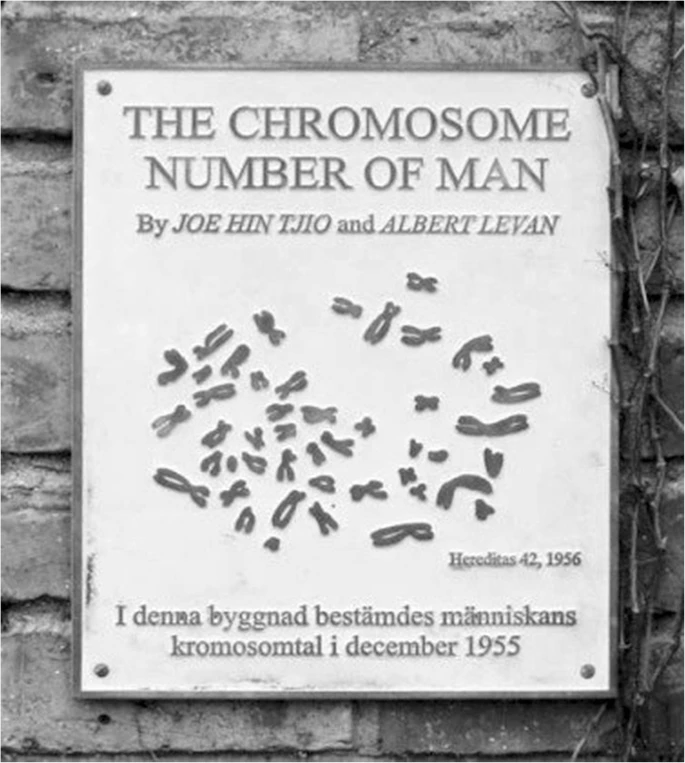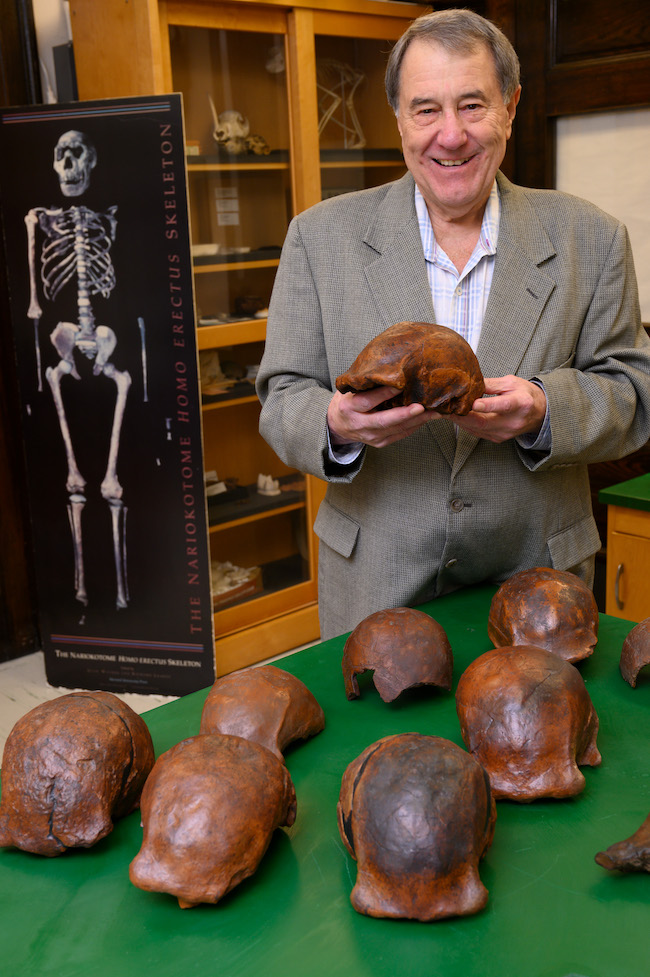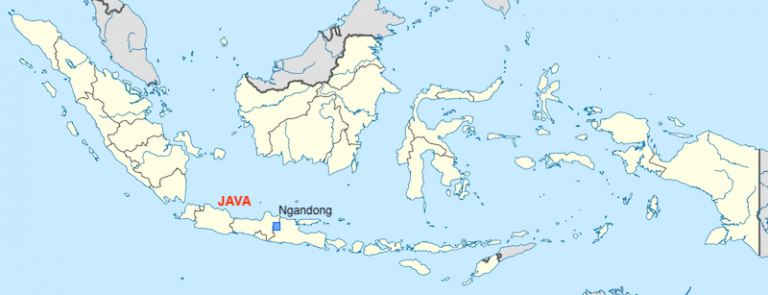Post by Admin on Jun 13, 2022 18:53:52 GMT
Appendix
OOAH has been assumed as a phylogenetic fact for some 30 years in the molecular discussion of Hs (Hss + Hsn(Hsnn + Hsnd)) evolution in spite of the absence of palaeontological support for the hypothesis. A concerning circumstance related to the hypothesis is that the initial mtDNA studies [1, 2] reported phylogenies that were inconsistent with a large series of better trees [3,4,5], a condition that compromised the phylogenetic conclusions of both studies. Unfortunately, the authors [1, 2] did not clarify or respond to this crucial issue, therewith promoting the impression that the criticism [3,4,5] was unsubstantiated.
The survival of OOAH draws attention to a particular case at the Institute of Genetics, University of Lund, our previous premises, that terminated the long–lasting belief in the erroneous human chromosome number, 2n = 48. The case relates to the establishment of the human karyotype and the correct chromosome number, 2n = 46, under the auspices of Prof. Albert Levan [112] as detailed at the 50 year anniversary of the findings [113]. The study in question [112] rested upon the introduction of three essential cytogenetic legs, viz. the use of cell cultures (delivered by Dr. Rune Grubb providing dividing single cells), the application of colchicine (for constricting the chromosomes and arresting the cells in metaphase), and hypotonic treatment (for the swelling of the cells prior to fixation). The work [112] paved the way for an explosive expansion of cytogenetics at the same time as it dispelled an understanding that had reigned for more than 40 years with the last 2n = 48 count becoming that by Prof. C. D. Darlington and his collaborator who reported this number in two males [114].
In 2006, at the 50 years anniversary of the study of Tjio and Levan [112], there appeared a few accounts that presented diverging details related to the establishment of the 2n = 46 number. The major discrepancies among these descriptions could be resolved, however, by the fortunate finding of the logbook of Levan’s laboratory [113].
A copper plate, Fig. 6, commemorating the establishment of the 2n = 46 human karyotype was uncovered at the Institute of Genetics on March 8th, 2003, on the 100th birthday of Karin Levan, Albert Levan’s wife. The title of the paper, the names of the authors and the incorporated metaphase are replicates from the original publication [112]. The Swedish text reads in translation: “The chromosome number of man was determined in this building in December 1955”. The plate became stolen later. It has not been replaced and the discovery has fallen into oblivion.
Fig. 6

The no longer extant copper plate commemorating the establishment of the 2n = 46 chromosome number of man at the Institute of Genetics, University of Lund, Sweden
OOAH has been assumed as a phylogenetic fact for some 30 years in the molecular discussion of Hs (Hss + Hsn(Hsnn + Hsnd)) evolution in spite of the absence of palaeontological support for the hypothesis. A concerning circumstance related to the hypothesis is that the initial mtDNA studies [1, 2] reported phylogenies that were inconsistent with a large series of better trees [3,4,5], a condition that compromised the phylogenetic conclusions of both studies. Unfortunately, the authors [1, 2] did not clarify or respond to this crucial issue, therewith promoting the impression that the criticism [3,4,5] was unsubstantiated.
The survival of OOAH draws attention to a particular case at the Institute of Genetics, University of Lund, our previous premises, that terminated the long–lasting belief in the erroneous human chromosome number, 2n = 48. The case relates to the establishment of the human karyotype and the correct chromosome number, 2n = 46, under the auspices of Prof. Albert Levan [112] as detailed at the 50 year anniversary of the findings [113]. The study in question [112] rested upon the introduction of three essential cytogenetic legs, viz. the use of cell cultures (delivered by Dr. Rune Grubb providing dividing single cells), the application of colchicine (for constricting the chromosomes and arresting the cells in metaphase), and hypotonic treatment (for the swelling of the cells prior to fixation). The work [112] paved the way for an explosive expansion of cytogenetics at the same time as it dispelled an understanding that had reigned for more than 40 years with the last 2n = 48 count becoming that by Prof. C. D. Darlington and his collaborator who reported this number in two males [114].
In 2006, at the 50 years anniversary of the study of Tjio and Levan [112], there appeared a few accounts that presented diverging details related to the establishment of the 2n = 46 number. The major discrepancies among these descriptions could be resolved, however, by the fortunate finding of the logbook of Levan’s laboratory [113].
A copper plate, Fig. 6, commemorating the establishment of the 2n = 46 human karyotype was uncovered at the Institute of Genetics on March 8th, 2003, on the 100th birthday of Karin Levan, Albert Levan’s wife. The title of the paper, the names of the authors and the incorporated metaphase are replicates from the original publication [112]. The Swedish text reads in translation: “The chromosome number of man was determined in this building in December 1955”. The plate became stolen later. It has not been replaced and the discovery has fallen into oblivion.
Fig. 6

The no longer extant copper plate commemorating the establishment of the 2n = 46 chromosome number of man at the Institute of Genetics, University of Lund, Sweden


